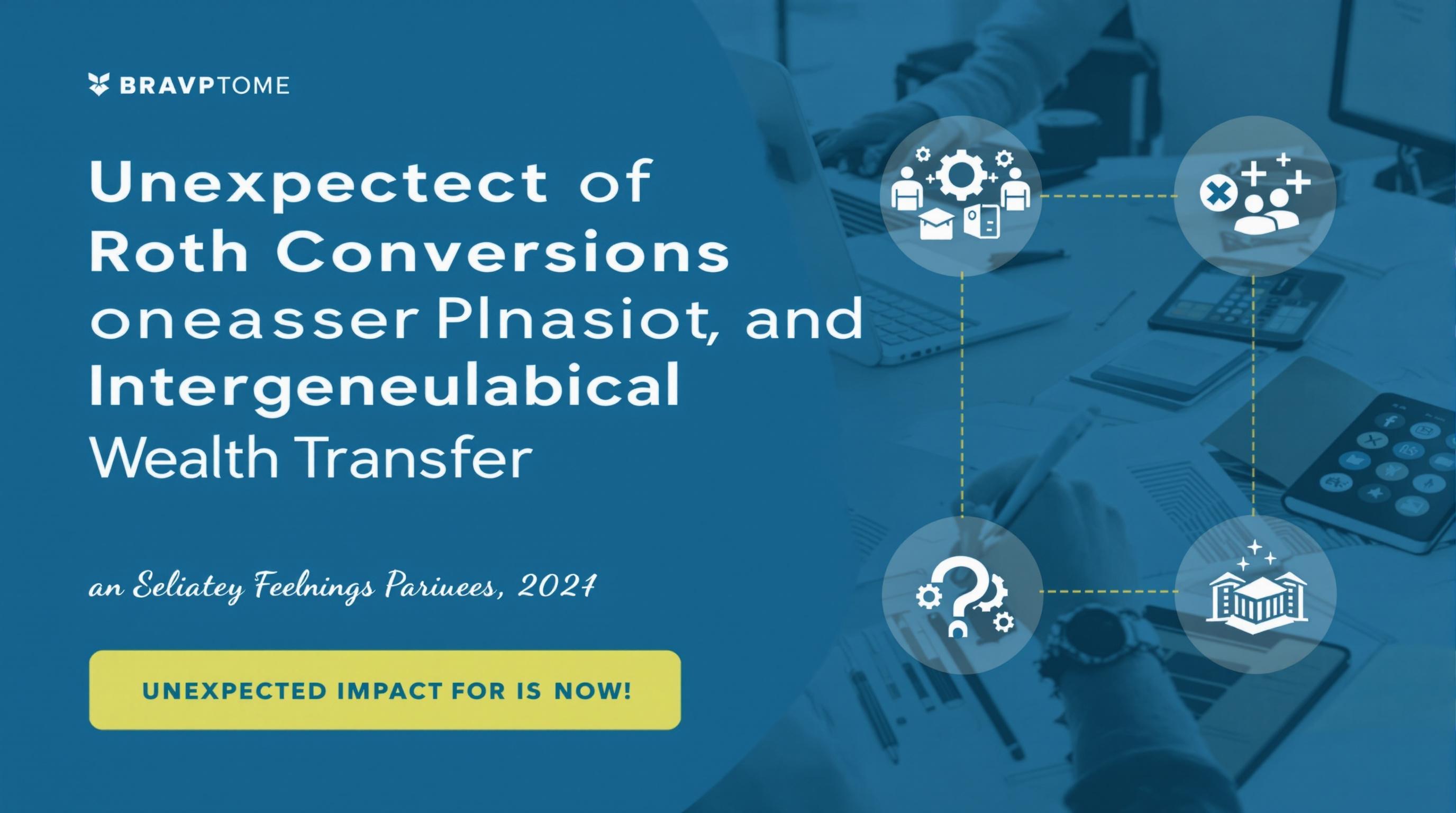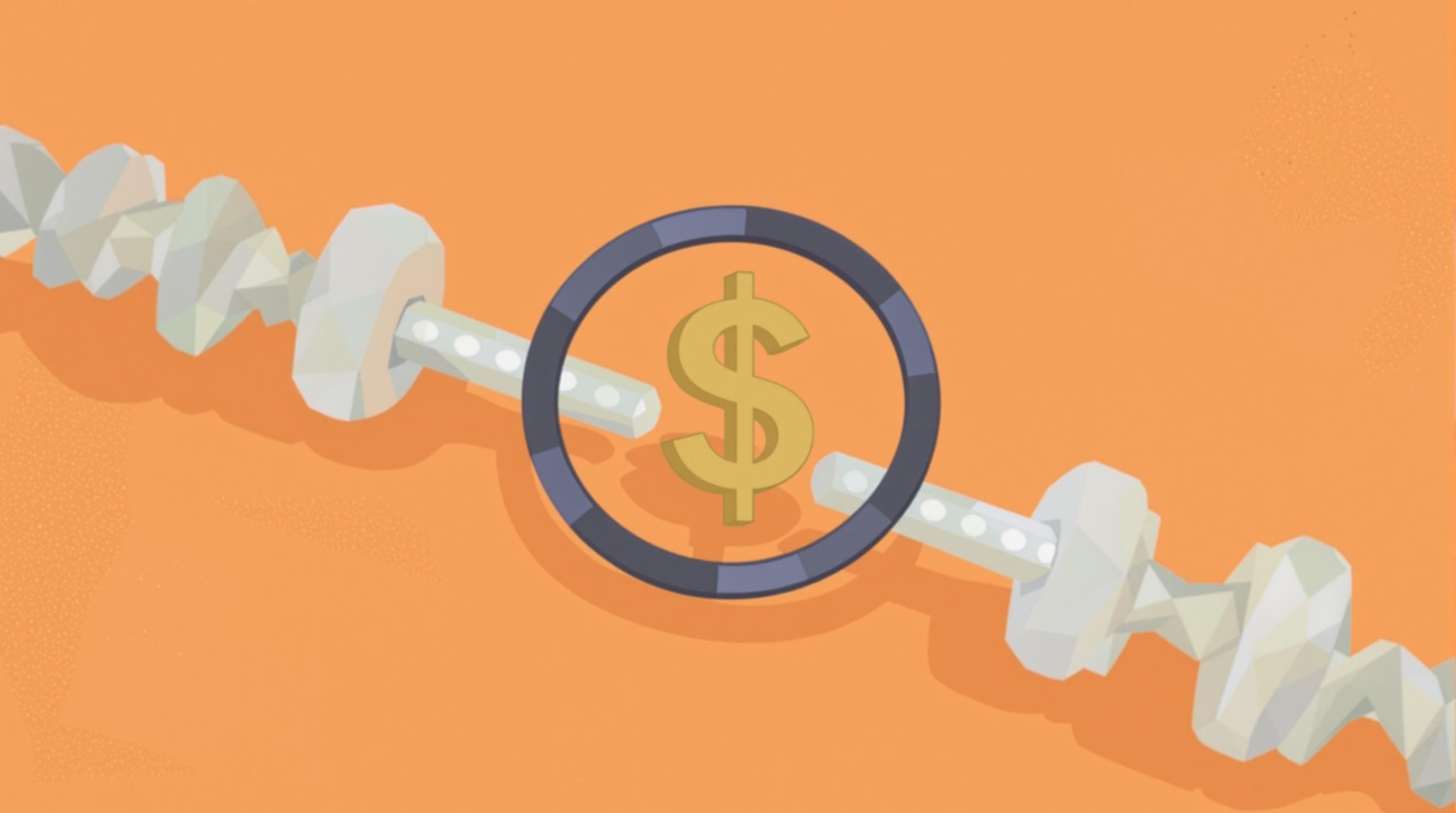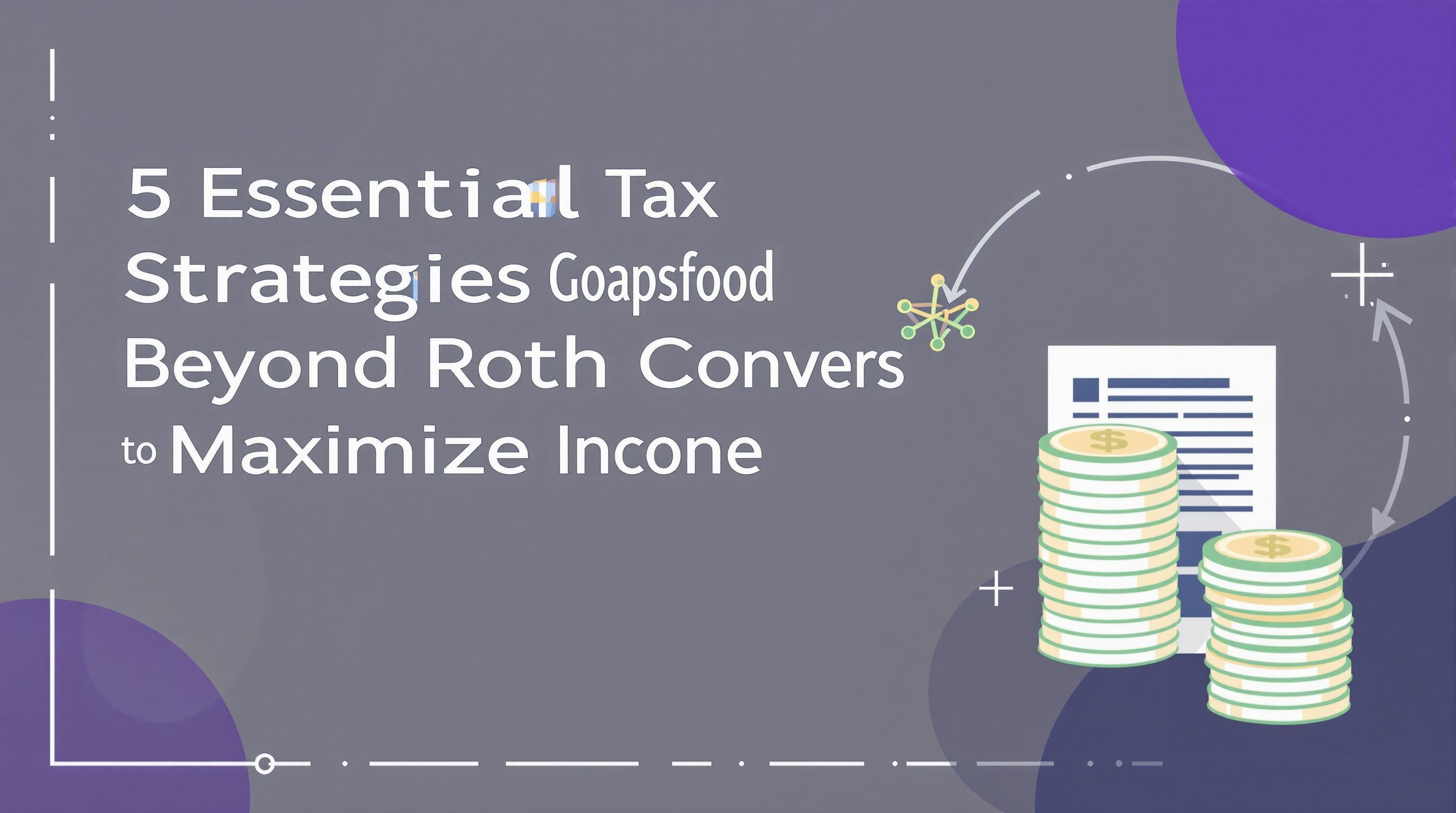Related Articles
- 8 Emerging Robo-Advisors from the Last Five Years That Redefine Smart Portfolio Allocation
- 6 Groundbreaking Thematic ETFs Launched Since 2019 That Disrupt Conventional Portfolio Mixes
- 7 Unconventional ETFs Launched Since 2019 That Revolutionize Portfolio Diversification Strategies
- Exploring the Role of Digital Nomadism in Crafting Sustainable Earnings After Traditional Work Ends
- Top 6 Underrated Retirement Income Solutions Released Since 2019 That Outsmart Traditional Options
- How Niche Hobby Investments Could Reshape Risk Management in Unconventional Financial Strategies
Unexpected Impacts of Roth Conversions on Estate Planning and Intergenerational Wealth Transfer Strategies
Unexpected Impacts of Roth Conversions on Estate Planning and Intergenerational Wealth Transfer Strategies
Roth conversions, often seen as a straightforward tax strategy, can profoundly influence estate planning and how wealth is passed down through generations. Understanding these unexpected impacts can empower families to optimize inheritance and tax outcomes across lifetimes.
The Ripple Effect of Roth Conversions on Estate Taxes
One of the less obvious consequences of converting traditional IRAs to Roth IRAs arises in estate tax planning. Since Roth IRAs grow tax-free and do not have required minimum distributions (RMDs) during the original owner’s life, the account balance can potentially grow larger, increasing the size of the taxable estate. This can inadvertently push estate values above federal or state exemption thresholds, leading to higher estate taxes for heirs.
For example, consider a client with a $3 million traditional IRA and a total estate worth $10 million. A full Roth conversion could increase the taxable estate by the amount of future Roth earnings, potentially subjecting the estate to estate taxes above the $12.92 million federal exemption (2023 figures), especially as valuations grow over time.
What Makes Roth Conversions a Double-Edged Sword?
Roth conversions offer the appealing benefit of tax-free growth and withdrawals, but this comes at the cost of immediate income tax liability. Paying taxes now can reduce liquidity, affecting the ability to pay for long-term care or other expenses. Additionally, as mentioned, increasing the size of one's estate might trigger unintended estate tax consequences, complicating wealth transfer strategies.
Case Study: Unexpected Growth and Generational Benefits
Clara, age 62, converted $500,000 of her traditional IRA to a Roth over several years, paying taxes from savings outside her retirement accounts. By the time she passed at 85, her Roth IRA had grown to over $2 million owing to tax-free compounding. Her heirs, who inherited the Roth, enjoyed tax-free distributions, which significantly bolstered their financial security.
However, Clara's increased estate size marginally exceeded the state tax exemption threshold, resulting in a modest estate tax bill. The family had not anticipated this and had to adjust their plans rapidly. This story underscores the importance of holistic planning when implementing Roth conversions into estate strategies.
Conversational Notes on Intergenerational Wealth Transfer
Hey, if you’re like most folks, thinking about what happens to your money after you’re gone is a bit of a drag. But here’s the kicker: Roth conversions aren't just about saving on taxes now, they can change how hard your assets work for your kids or grandkids.
Imagine this — your traditional IRA would eat up a chunk of your annual income for taxes once you start withdrawals after 72. But if you do a Roth conversion, your heirs can breathe easy, because they’ll inherit an account where the growth isn’t taxed, and they don’t have to face that pesky RMD stuff immediately. It’s like giving your family a financial gift that keeps on giving.
Humor Break: The Taxman’s Never-Ending Party
Taxes are like that party guest who doesn't know when to leave — always showing up when you least want them. Roth conversions try to show the taxman the door a bit early by paying the toll upfront. But beware, because sometimes the taxman snoops around your estate later, especially if your Roth grows like a weed in spring. Don’t let your money throw a wild party without an RSVP, or your heirs might get a surprise bill!
Statistical Insights: How Common Are Roth Conversions in Estate Planning?
According to a 2022 study by the Investment Company Institute, approximately 15% of IRA owners aged 50 and older have engaged in Roth conversions, a figure that has steadily increased over the past decade. Moreover, among high net worth individuals planning their estates, Roth conversions are becoming a popular tool for managing future tax exposures on inherited retirement accounts.
Interestingly, the SECURE Act of 2019 altered the rules on inherited IRAs, requiring most non-spouse beneficiaries to deplete inherited accounts within 10 years, accelerating taxable distributions. This change has made Roth conversions attractive to minimize tax burdens on heirs, as Roth IRAs face the same timeline but offer tax-free withdrawals.
Formal Perspective: Legal and Policy Implications
From a regulatory viewpoint, estate planners must remain vigilant about the evolving tax landscape when advising on Roth conversions. The interplay among income tax rates, estate tax thresholds, and changes in legislation such as the possible repeal or modification of the step-up in basis increases the complexity of predicting the long-term advantages of Roth conversions.
In particular, clients should be warned about the risk of increased exposure to state estate taxes and the possibility that future changes in legislation could impact the assumed benefits of Roth accounts for heirs.
Creative Storytelling: The Tale of Two Families
Once upon a time, there were two siblings: Alice and Bob. Alice did her Roth conversions early and paid the taxes upfront, while Bob kept his traditional IRA untouched. When their parents passed, Alice’s Roth IRA was a tax-free treasure chest waiting for her, helping her pay for her children’s college without dipping into other savings. Bob, conversely, inherited a traditional IRA burdened by taxes and RMDs, which significantly reduced his inheritance’s value.
Their story isn’t just about money; it’s about choices, timing, and understanding the tricksy dance of tax laws. Their parents had wished to leave both equally well off, but a little foresight in planning made all the difference.
Persuasive Arguments: Why You Should Consider Roth Conversions Now
Waiting until retirement or beyond to convert a traditional IRA to a Roth might trap your heirs in a higher tax bracket in the future or force them into accelerated withdrawals. By confronting the tax cost today, you can potentially lock in a lower tax rate, reduce your taxable estate’s value, and deliver a cleaner inheritance.
Additionally, preserving tax diversification through a Roth conversion equips your family with options for tax-efficient withdrawals, tailoring income to their needs over time. This flexibility is invaluable as tax laws and personal situations inevitably change.
Casual Commentary on Timing
Here’s the deal: timing your Roth conversion is kinda like brewing the perfect cup of coffee. Too fast, and it’s bitter (hello, big tax bill). Too slow, and you miss out on the good stuff—the sweet, tax-free sips later on. Ideally, you want to convert during low-income years or when tax rates dip, letting the money simmer and grow without the tax gobbling up every bean.
Key Considerations for Younger Investors
Young investors might think Roth conversions are 'old people stuff', but the earlier you begin, the more compounding magic happens inside that Roth pot. For example, a 30-year-old who converts $10,000 today at a 22% tax bracket (paying $2,200 now) may see that investment grow tax-free for decades, far outpacing the tax cost paid upfront.
Plus, early conversions can simplify future estate planning by reducing the size of traditional IRAs subject to RMDs and possibly high taxation.
Conclusion: Planning Ahead Is More Than Just Numbers
Whether you’re a 25-year-old building an inheritance or a 65-year-old refining your estate plan, Roth conversions are powerful tools—but they require thoughtful integration. Weaving conversions into the broader fabric of estate planning means considering tax timing, potential estate tax consequences, heirs’ financial literacy, and evolving laws.
In the end, a Roth conversion is less about a quick tax fix and more about crafting a lasting legacy that supports future generations in ways that transcend dollars and cents.
References:
Investment Company Institute. (2022). Roth Conversions and IRA Owner Behavior. Retrieved from https://www.ici.org/pdf/per23-01.pdf
IRS.gov. (2023). Required Minimum Distributions (RMDs). Retrieved from https://www.irs.gov/retirement-plans/plan-participant-employee/required-minimum-distributions-rmds




